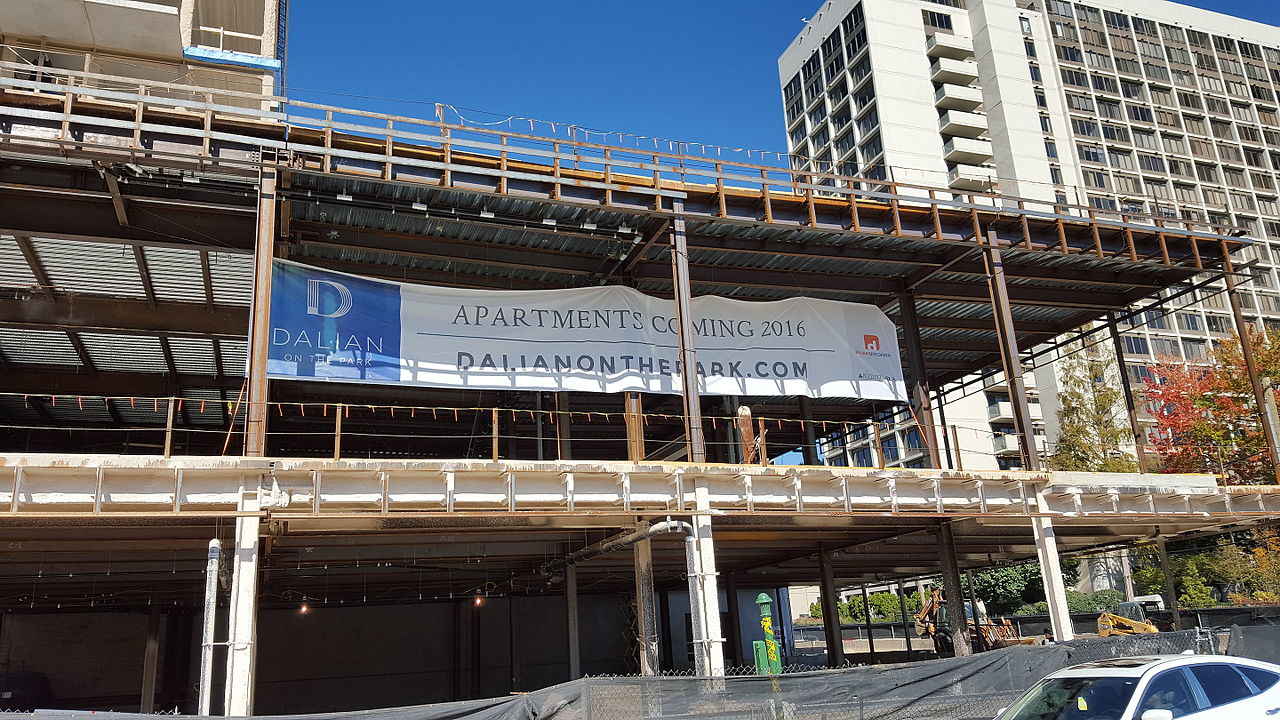
Additional Information: Structure
Previously in this blog, we’ve mentioned the City of Philadelphia’s requests for additional information. Since we see a lot of these, we are going to create a catalogue of the requests as a reference guide. We hope that this will help our clients, design partners, and contractors better understand what information is most commonly missing from an application. (If you haven’t seen it before, it’s also worth checking out the City’s list of top ten building permit application deficiencies.)
Today, we’re going to look at another subset of these cases: structural design.
Design Loads
You don’t have to be very good at construction to throw up a wood frame and call it a house. But you have to be very good at construction to build a house that will actually hold the weight of people, keep them insulated, and withstand a blizzard or tropical storm.
How can you tell the difference between an unsafe arts and crafts project and a real building?
Engineers! Through their dark arts and probably magic (full disclosure: I am not an engineer), they can tell you what sort of pressure a frame and a house can withstand.
The City of Philadelphia has a few basic controls on buildings: First, all buildings are required to adhere to the 2009 International Building Code, with some modifications from the 2015 IBC. Second, every new construction or addition or even a major alteration must submit plans for review by the City; if these plans aren’t up to code, they’ll be rejected. Third — and this one’s important — when you submit plans to the City for new buildings, you must also submit a Structural Design Criteria form, stamped by the engineer in charge of the project.
So, who’s supposed to know about this? The architect or engineer in charge of the project. If your design team is on top of their work, you’ll never have to guess about any of this, and you won’t have to turn yourself into an amateur plans examiner.
Even the best engineers, though, sometimes forget to include this form. Sometimes — and only sometimes, depending on the size of the project and the mood of the plans examiner assigned to the case — plans will be approved without the form if the plans themselves show the calculations; and if those plans are stamped by an engineer. But we recommend just making sure an engineer fills out the form; it’s a lot faster in the long run, even though it takes some time to contract an engineer. We get a fair number of additional information requests for this information, even when the plans have been pieced together by excellent architects. It’s always safer, especially for new construction of any size, to just submit the stamped form.
Once they’ve gotten that far, the design professional (that is, your architect or engineer) is also responsible for scheduling inspections of their work using this form.
If you’re unsure about which types of construction require information about design loads, think about when the City needs to know that information: Are you building a roof deck? They need to know if it can handle the weight you’ll put on it. Are you building a new home? They’ll definitely need to know that the roof won’t cave in under heavy snow.
For the full list, refer (as always) to the City’s reference page on building permits. The most relevant category of building permit is new construction and alterations, so check that out first. And if you’re still not sure, dive into the Permit Guide.
Happy building, and may you be spared the curse of the Request for Additional Information!

